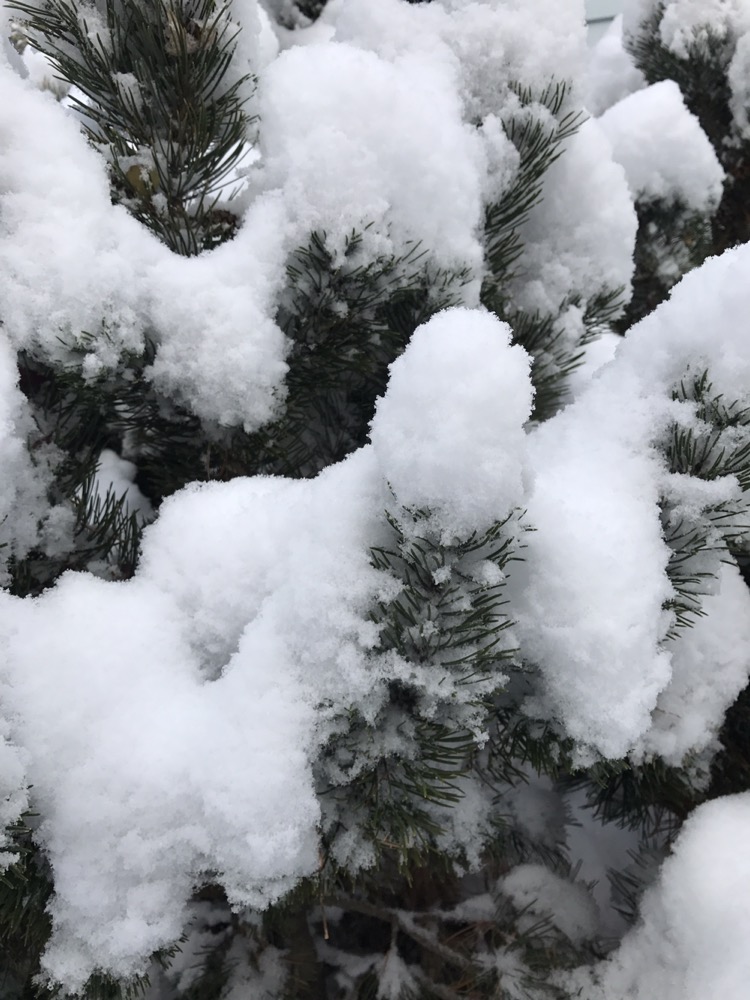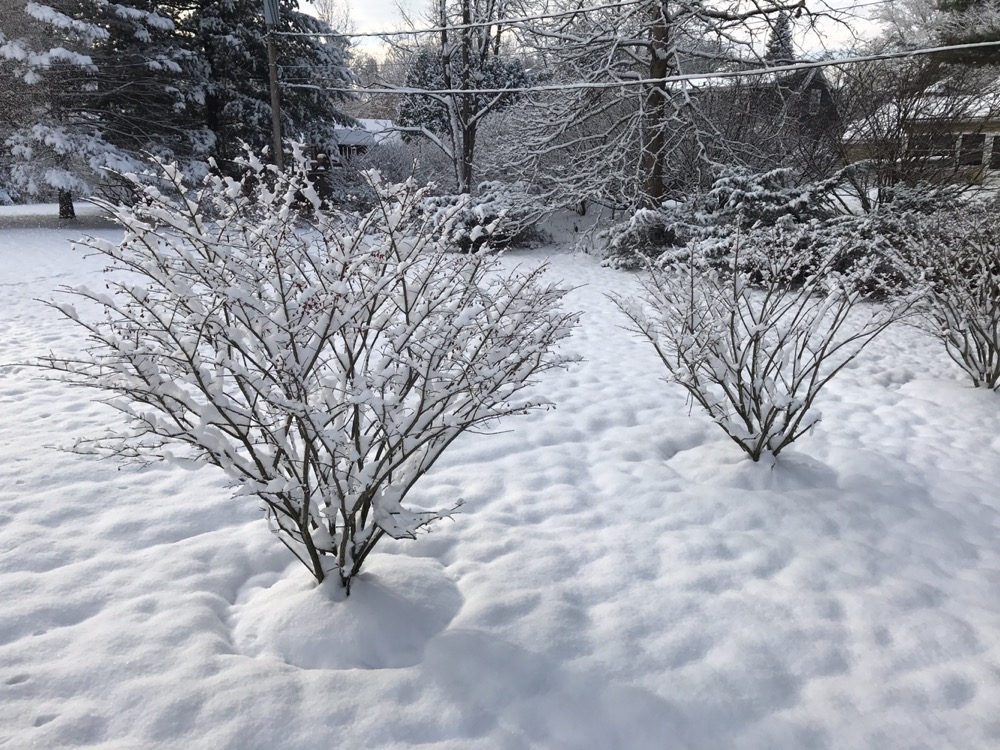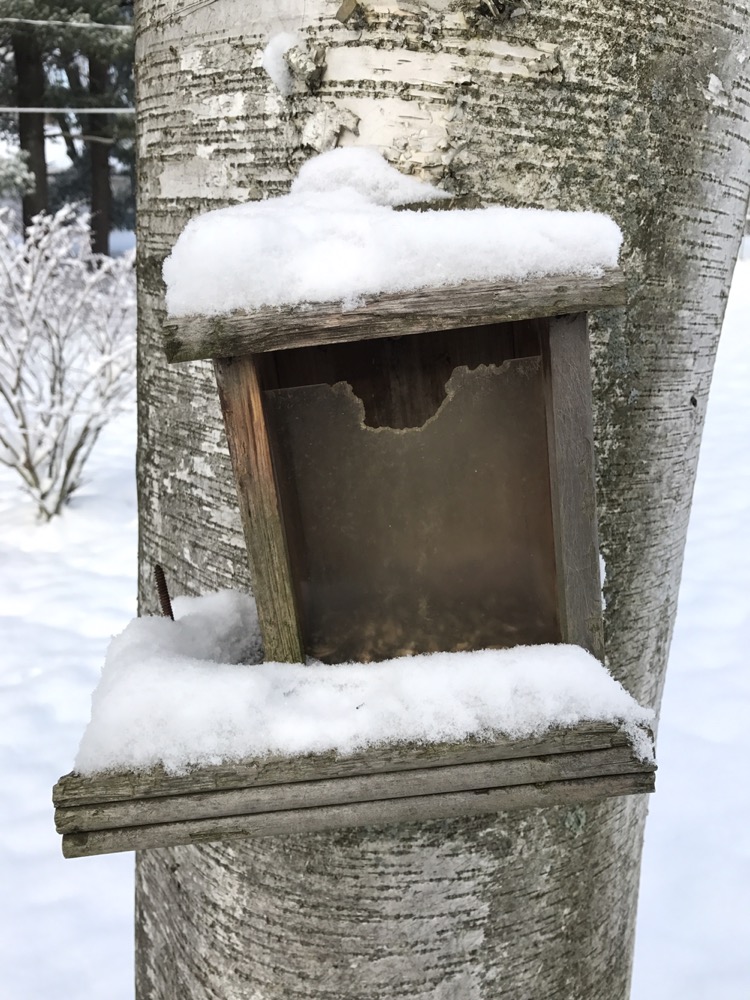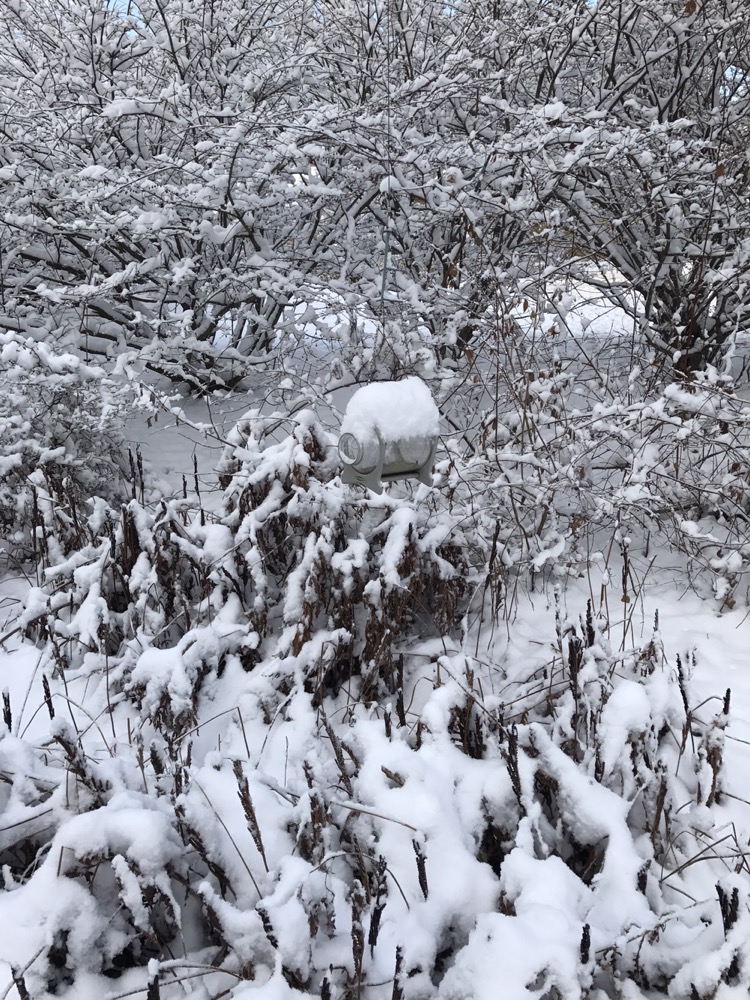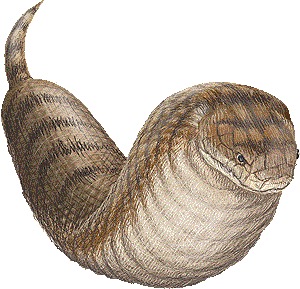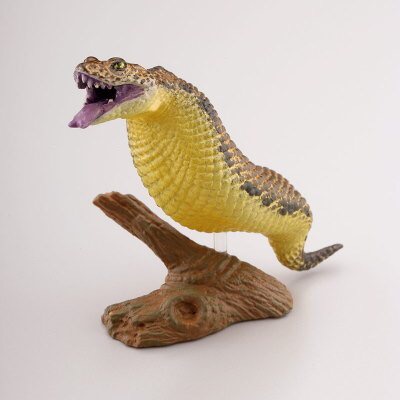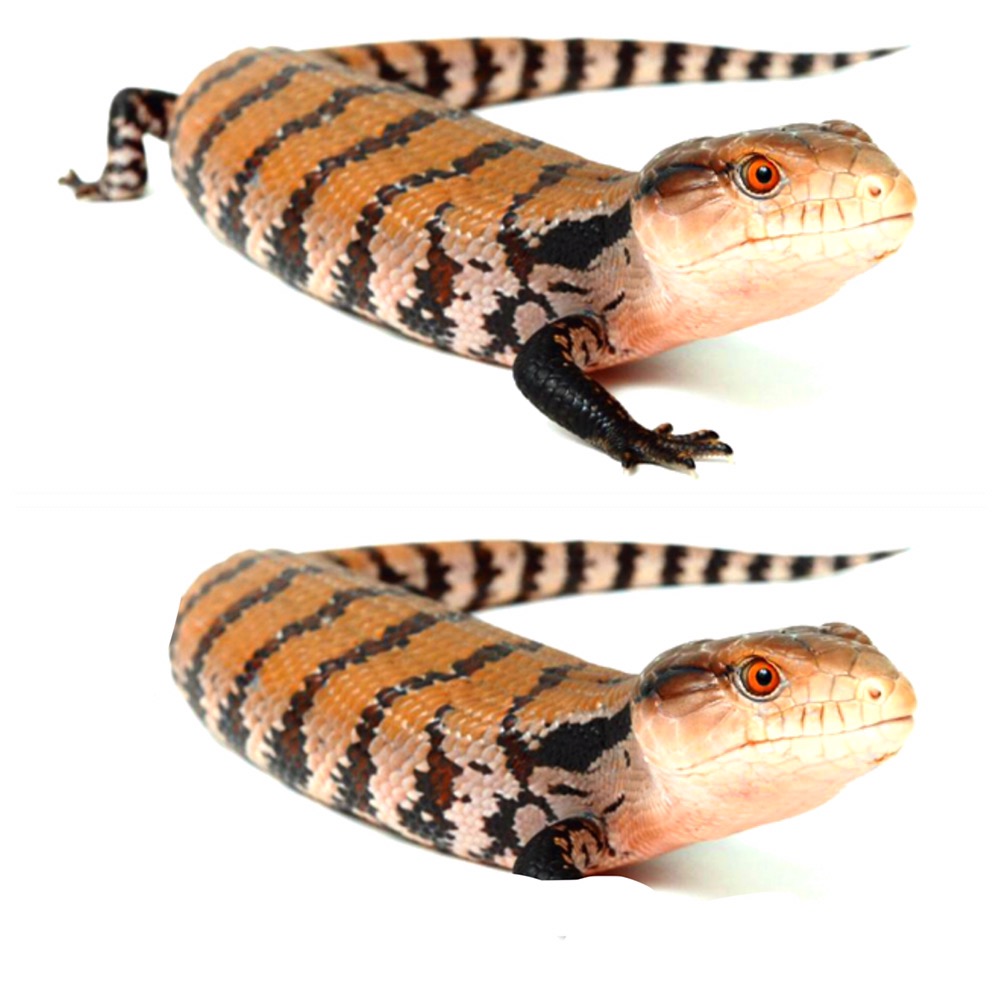We went to New Hampshire for a few days! Specifically we stayed at Weirs Beach in the shore of Lake Winnipesaukee. It’s a very popular tourist destination with lots to see and do.

On the first day we started by taking a lakeshore ride on our tourist train.
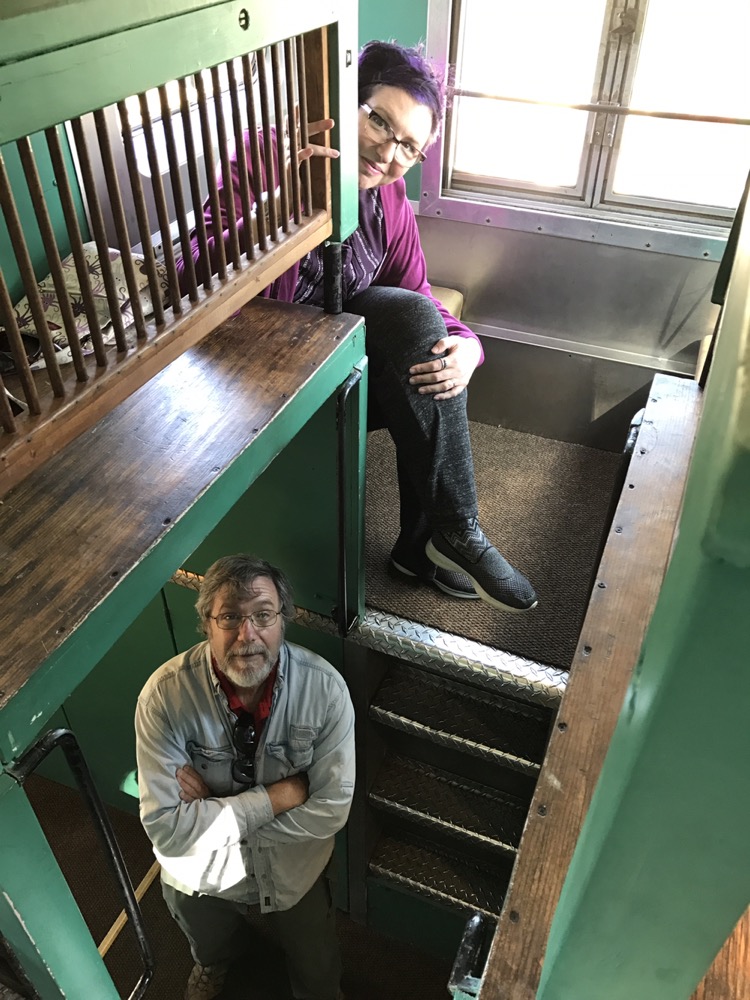
Jim had bought us tickets in the caboose, which meant we could sit in the seats up at roof level for a spectacular view!
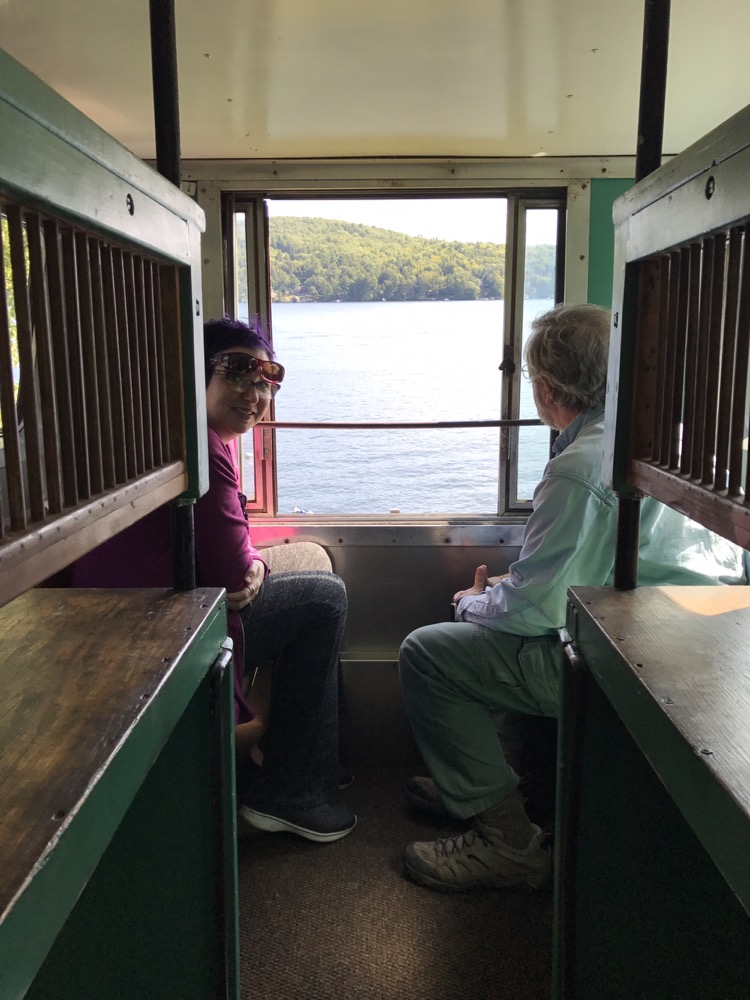
The trip was great and the views better. They even served food and I had a delicious sandwich! We were dazzled by the crazy lakeside homes we saw, including one little shack on sale for a cool $900k!
Right after the train we comboed straight into another trip, this time on a boat:

BUT NOT JUST ANY BOAT! You’re looking at the only floating post office in the USA, and we rode on the second mail route of the day to several islands on the lake.
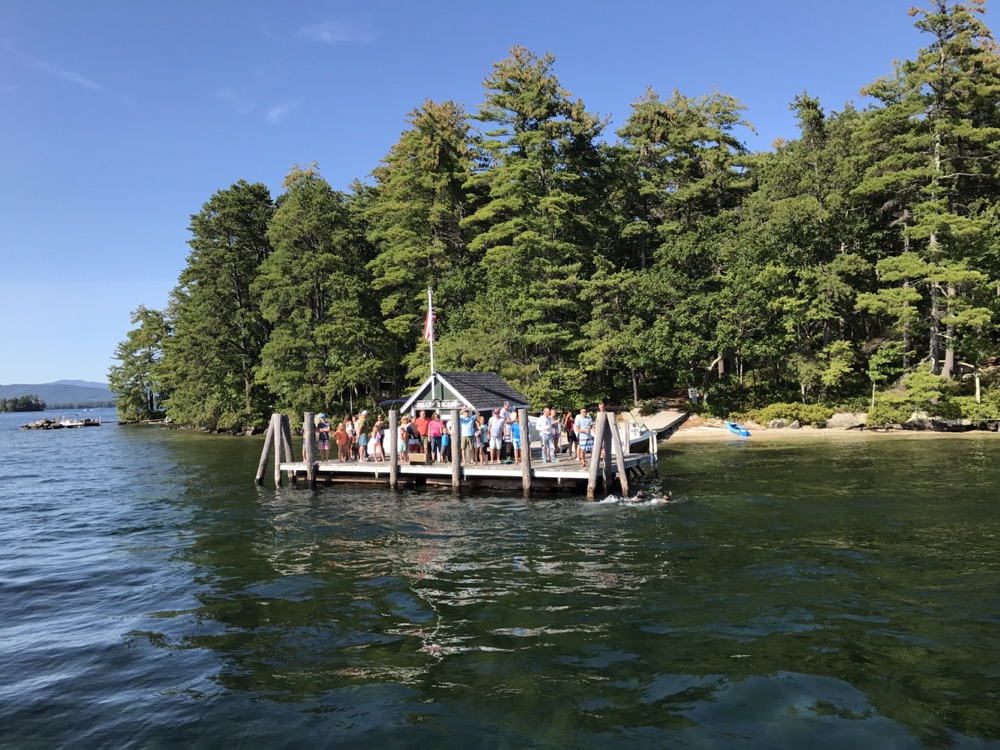
That’s the crowd at Jolly Island, waiting not just for their mail but also the ice-creams sold on the boat. The lake has dozens of islands, many of which have summer homes on them. It’d be a fab place to spend a few weeks in the summer…. if you were rich enough to afford it!

Two minutes walk from our cabin was a boardwalk that had restaurants and gift stores and two arcades. You can bet I visited it nightly 🙂
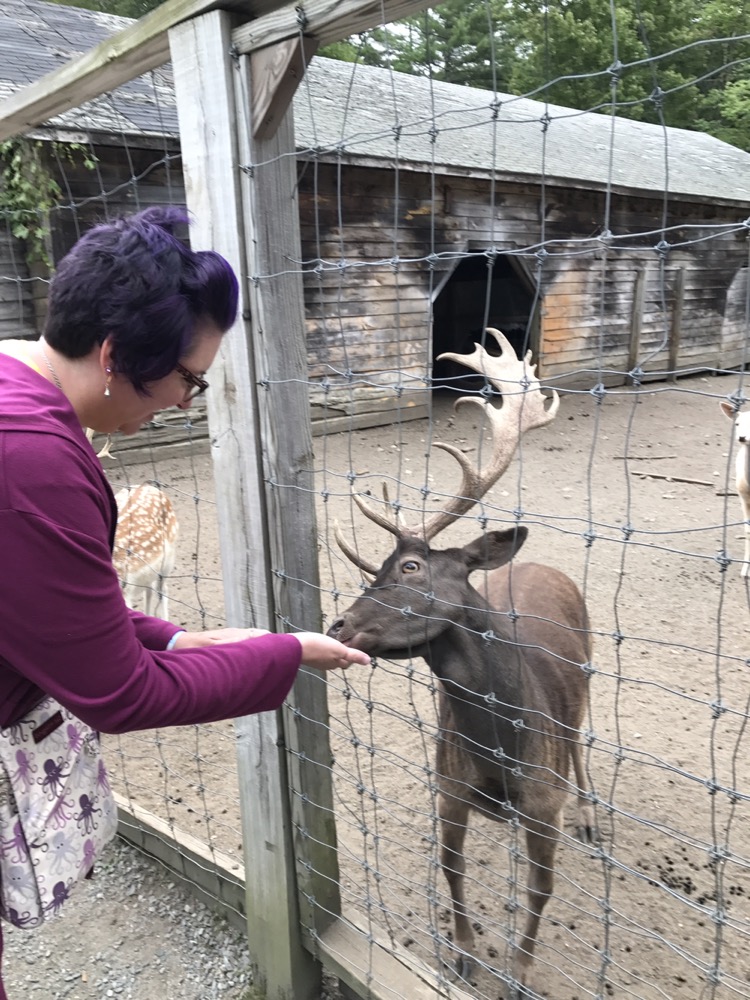
On the second day we went to a place called Polar Caves. After being (not so) momentarily distracted by the feedable deer, we took the route through their nine glacial caves.
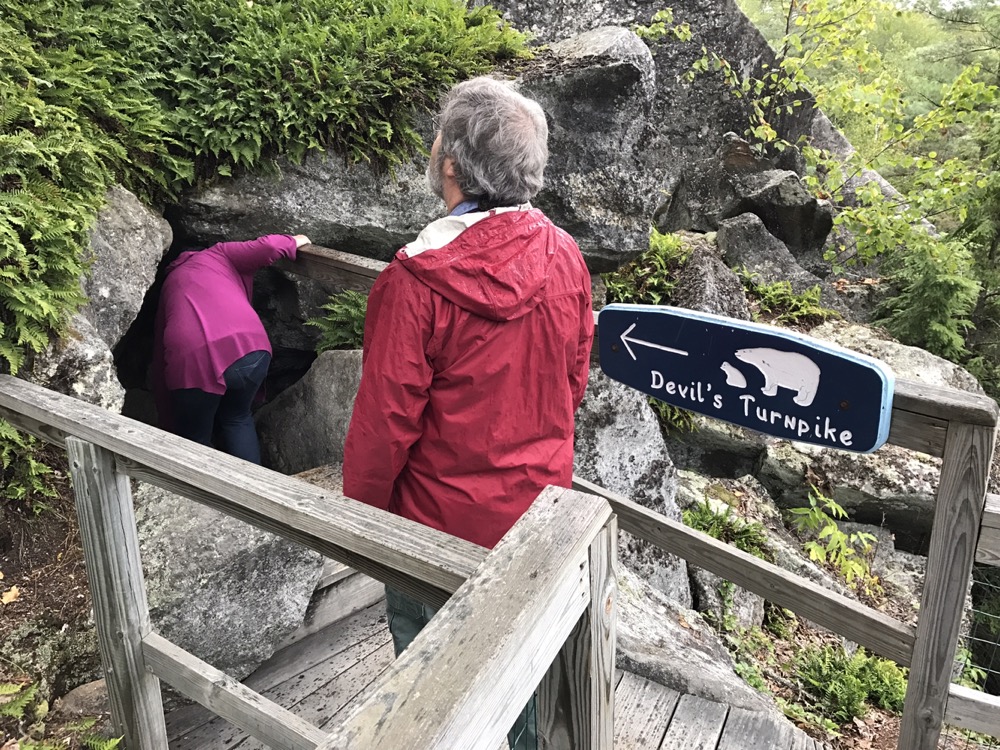
This place was incredible. Self-guided, the caves required a lot of agility and stamina to get through, and we were very often crouching down almost to our knees or contorting ourselves in ways we had forgotten to get past a tight obstacle.
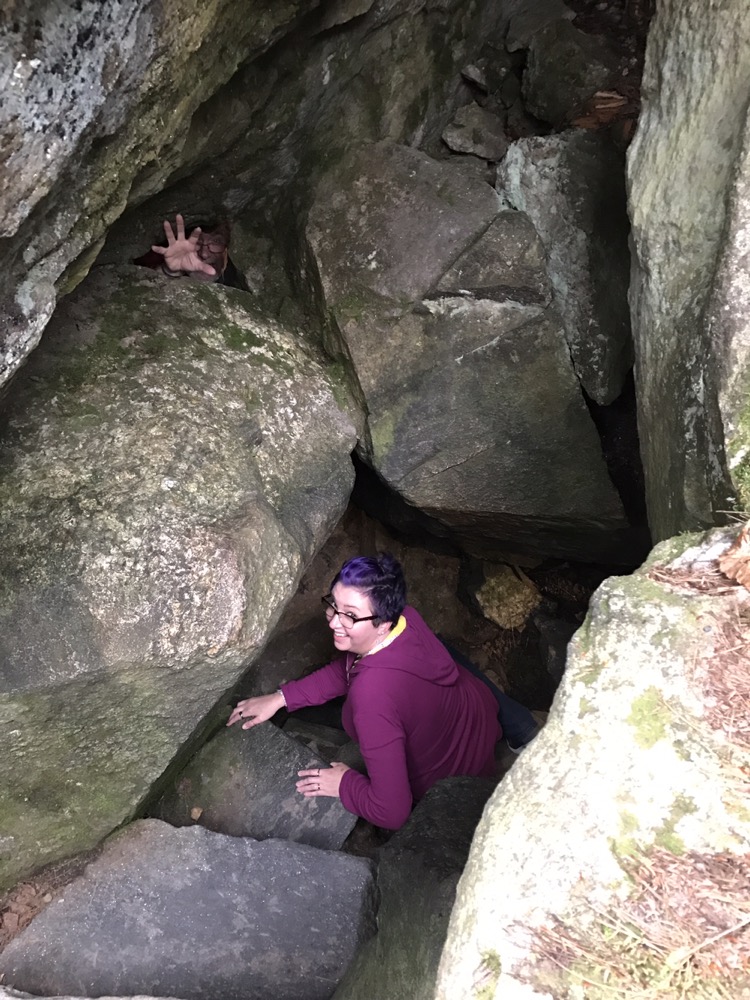
The limited warnings in advance and near total lack of any meaningful safety notice meant we didn’t expect anything like this, and while (a lot of) fun, this was a very strenuous experience!
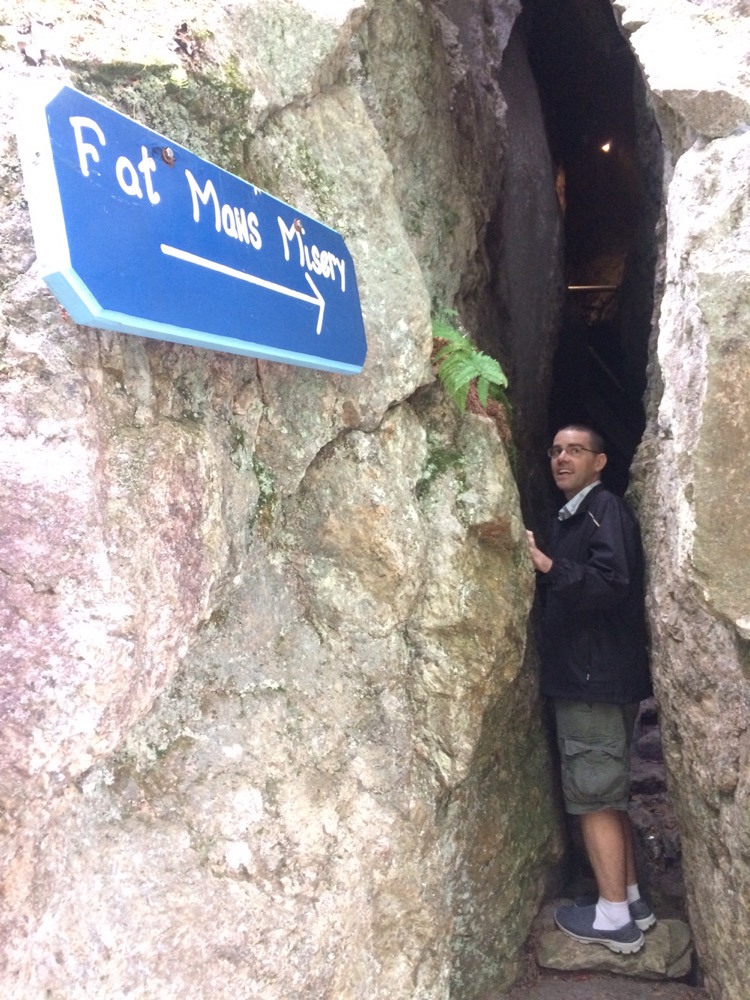
Easily the best cave system I’ve ever visited, this place is highly recommended to anyone that can still climb ladders, crawl along on your knees and doesn’t suffer from vertigo (since some caves were vertical) or claustrophobia. Beware if you’re a fat man though; you’ll be miserable 😉

And then after the caves came Funspot, the mega arcade we visited last year and the reason for the return trip. It was mobbed with people since the remnants of hurricane Harvey had blown into town and it was very wet, but we endured the crowds for a few hours and had a lot of fun.
There’s probably more I’m forgetting but I’m sure you can tell we had a fun long weekend and a good ‘last hurrah’ to summer. Even though it’s a long drive, I’m sure we’ll return again one day.

